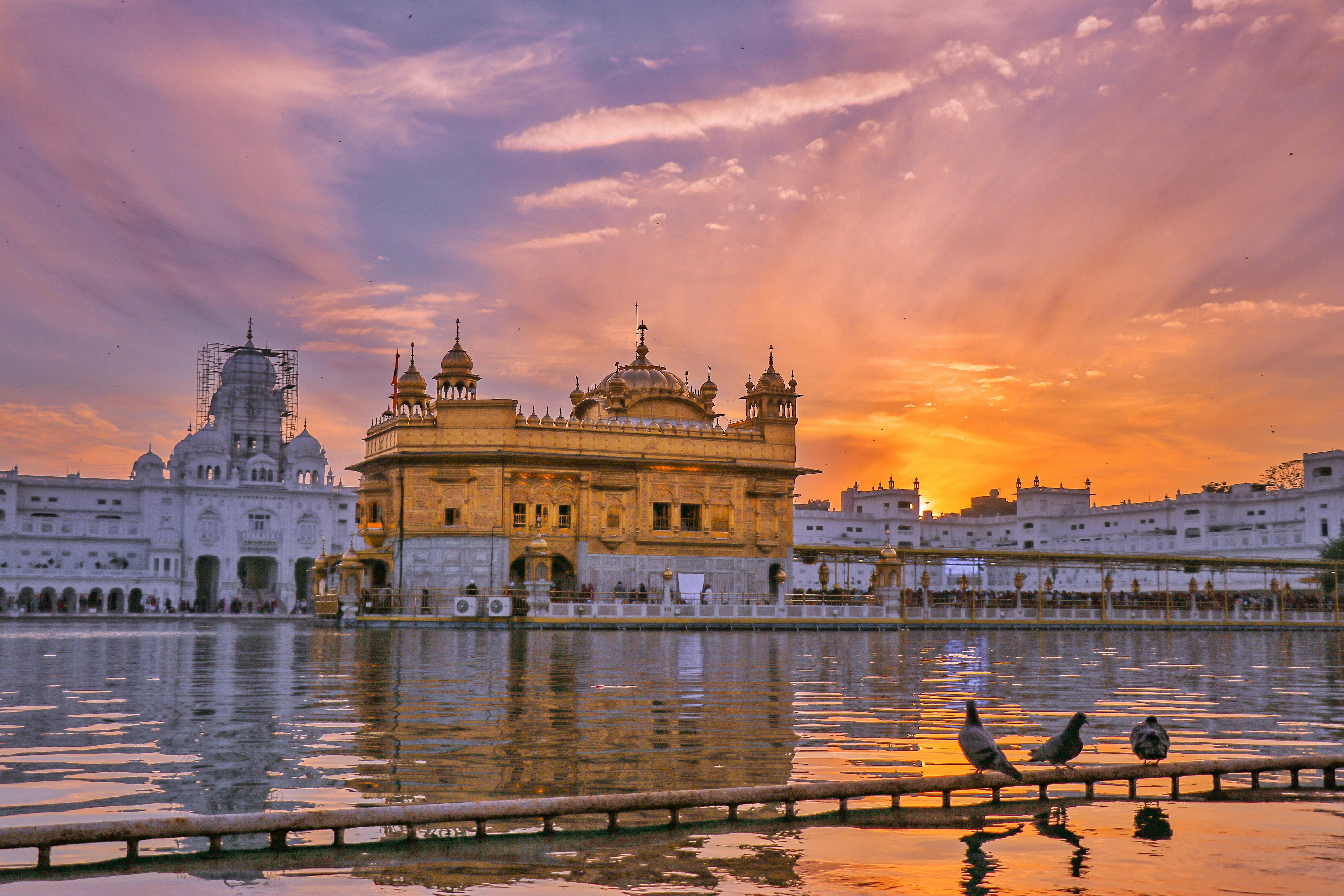Golden Temple
Published on February 13, 2025
The Golden Temple, also known as Harmandir Sahib or Darbar Sahib, is a revered and iconic Sikh gurdwara located in the city of Amritsar, Punjab, India. It is considered the holiest shrine in Sikhism and attracts millions of pilgrims and tourists from around the world.
History and Significance: The construction of the Golden Temple was initiated by Guru Ram Das, the fourth Sikh Guru, in 1581, and it was completed by his successor, Guru Arjan Dev, in 1604. The temple was built to create a central place of worship for Sikhs and to embody the values of humility, equality, and devotion. Guru Arjan Dev also compiled the Adi Granth, the holy scripture of Sikhism, which was first installed in the Golden Temple.
The temple has a rich history and has undergone several renovations and expansions over the centuries. One of the most significant events in its history was the attack by Afghan invader Ahmad Shah Durrani in the mid-18th century, which led to its destruction. However, it was rebuilt by the Sikh community with great determination and resilience.
Architecture: The Golden Temple is a stunning example of Sikh architecture, blending elements of both Hindu and Islamic styles. The temple complex is situated in the middle of a large, sacred pool known as the Amrit Sarovar, which is believed to have healing properties. The temple's main structure, the Harmandir Sahib, is a two-story building with a gilded dome covered in approximately 750 kg of pure gold, which gives the temple its name.
The temple's design features a blend of intricate marble work, inlay with precious stones, and beautifully crafted arches and columns. The entrance to the temple, known as the Darshani Deori, is adorned with elaborate frescoes and decorations. The causeway that leads to the Harmandir Sahib is lined with pilgrims, adding to the spiritual ambiance of the place.
Religious Practices: The Golden Temple is a place of immense spiritual significance for Sikhs. Devotees visit the temple to offer prayers, read from the Guru Granth Sahib, and participate in various religious ceremonies. The temple also hosts continuous recitations of Gurbani (sacred hymns) and kirtan (devotional singing), which create a serene and uplifting atmosphere.
One of the unique features of the Golden Temple is the Langar, a community kitchen that serves free meals to all visitors, regardless of their caste, creed, or religion. The concept of Langar embodies the Sikh principles of selfless service, equality, and compassion. Thousands of people are fed daily in the Langar Hall, and the tradition continues to inspire acts of kindness and service worldwide.
Cultural and Social Impact: The Golden Temple is not only a religious site but also a symbol of Sikh identity and cultural heritage. It stands as a testament to the Sikh community's resilience, unity, and commitment to social justice. The temple's teachings of love, humility, and selflessness resonate with people of all backgrounds.
Over the years, the Golden Temple has also played a significant role in the socio-political history of Punjab and India. It has been a site of important historical events and has witnessed the struggles and triumphs of the Sikh community.
Visitor Experience: The Golden Temple is open to visitors of all faiths, and it offers a unique and enriching experience. Visitors are required to cover their heads and remove their shoes before entering the temple complex. The peaceful ambiance, the sound of sacred hymns, and the sight of the golden structure reflected in the Amrit Sarovar create an unforgettable experience.
